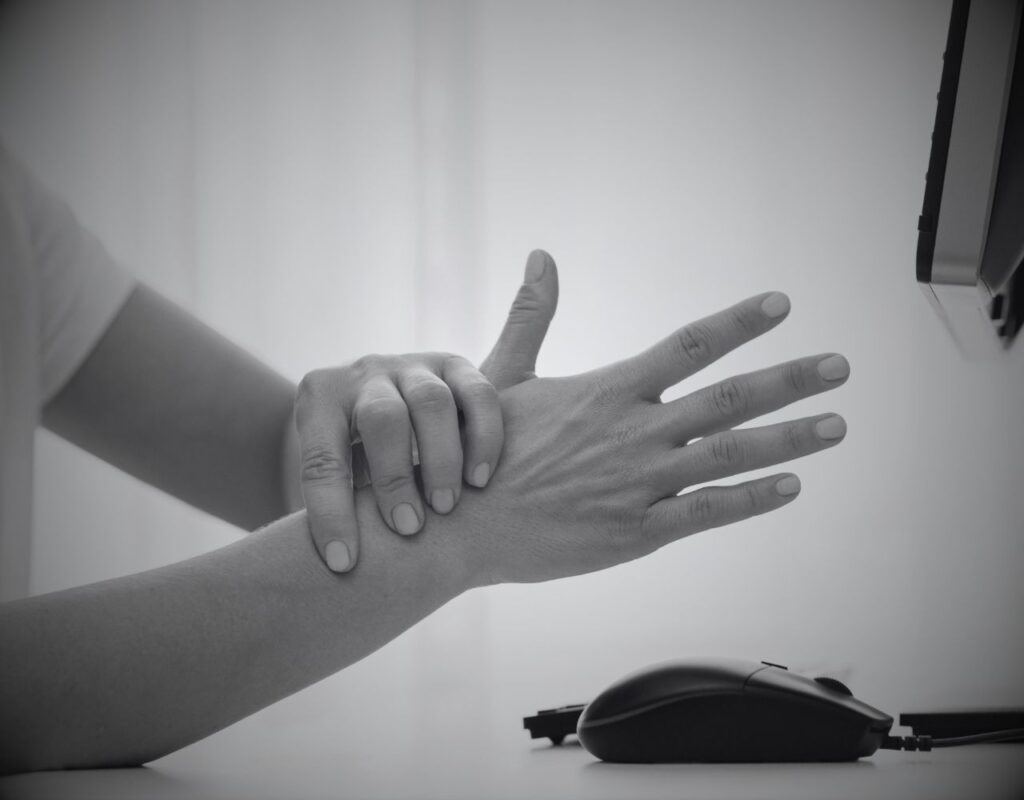SURGICAL PROCEDURE
Carpal Tunnel Decompression
TREATMENT OVERVIEW
The primary objective of this surgical intervention is to alleviate the compression on the median nerve, thereby offering improvements in both the functional capabilities and aesthetic appearance of the affected wrist and hand.

THE PROCEDURE
The journey towards resolving Carpal Tunnel Syndrome begins with an initial consultation. During this crucial meeting, the surgeon thoroughly evaluates the patient’s condition, including a detailed medical history, physical examinations, and possibly diagnostic tests like electromyography or nerve conduction studies. This comprehensive assessment serves as the foundation for tailoring the surgical approach to the individual patient’s needs.
Anaesthesia options are also discussed at this stage, with local anaesthesia often being the preferred choice due to its safety profile and the comfort it provides to the patient.
The surgical technique for Carpal Tunnel Decompression involves making a carefully planned incision in the palm or wrist to access the transverse carpal ligament.
This ligament is then meticulously severed to relieve the undue pressure exerted on the median nerve. Once this is accomplished, the incision is closed using sutures, and an antibiotic ointment may be applied to the surgical site to minimise the risk of postoperative infection.
AT A GLANCE
- Surgery: 45 Minutes
- Time off work: 10 Days
- Before you drive: 10 Days
- Return to Gym 3 Weeks
- Lift a small child: 2 Weeks
- Final Results: 3 - 6 Months
Actual return to activity times will be discussed and agreed with your Surgeon.
THE BENEFITS
You may choose to undergo a Carpal Tunnel Decompression procedure for a number of reasons:

RISKS
THINGS TO AVOID
AFTER SURGERY
- Engaging in heavy lifting or strenuous activities
- Immersing the surgical site in water, especially hot water
- Ignoring or overlooking signs of potential infection such as redness or increased pain
Post Op
AFTERCARE
- Medications: A regimen of antibiotic ointments to ward off potential infections and over-the-counter pain relievers to manage discomfort is commonly prescribed.
- Activity Restrictions: Patients are strongly advised to avoid engaging in heavy lifting and other strenuous activities for a few weeks post-surgery.
- Regular Check-ups: Periodic visits to the surgeon to monitor the healing process are not just recommended but essential for achieving optimal results.

